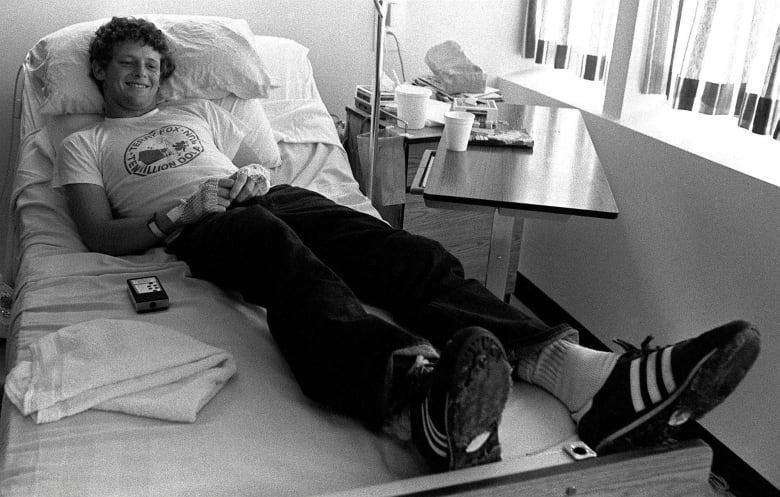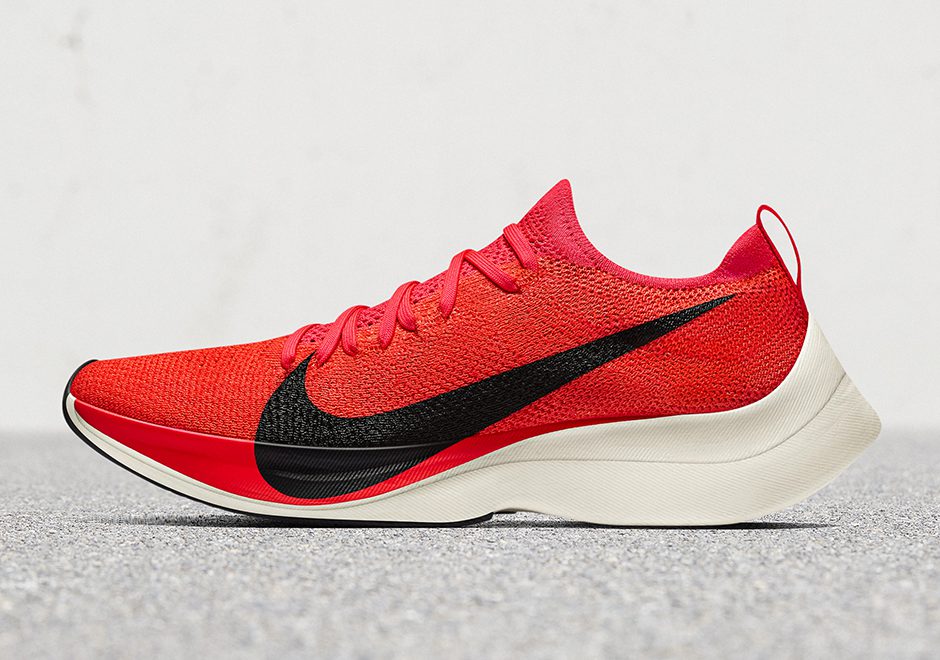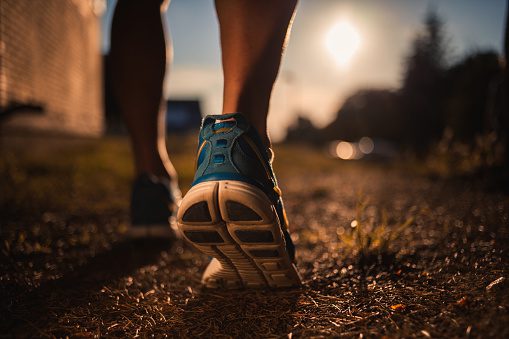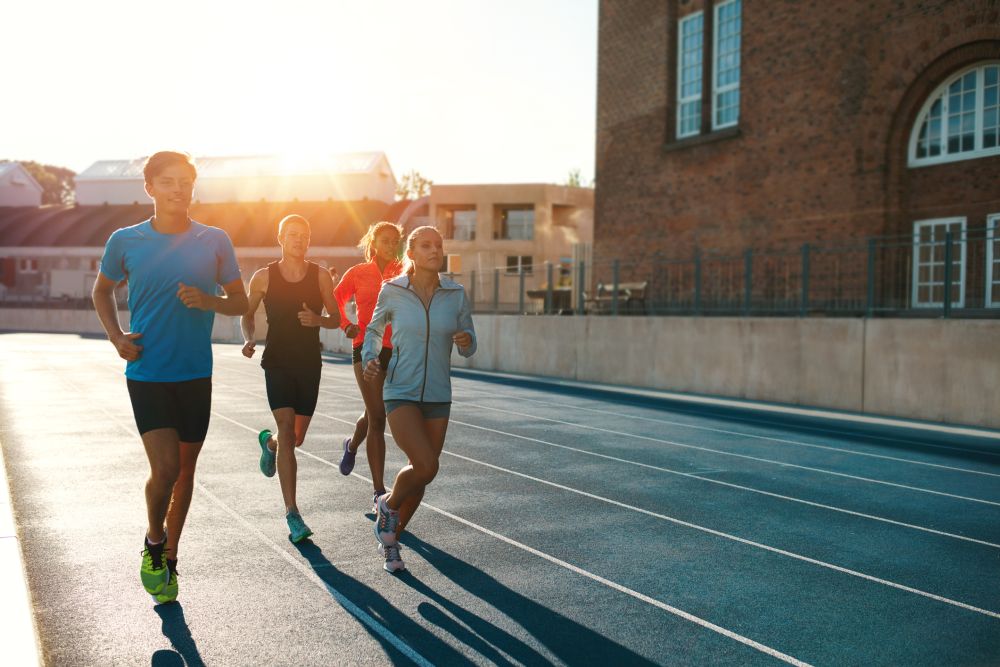Will racing flats help you crush that PB?
Running habits, pace and gait should all play a part in your choice of footwear
 Photo by:
Matt Stetson
Photo by:
Matt Stetson
Do you want the minimal, feather-light shoes, the carbon-plated ones, or the shoes with a little extra cushioning on race day? With the seemingly endless array of styles and recommendations out there, it can be hard to know what choice will bring you the best results, and experts say it hinges on a few factors.
Steve Prefontaine was the first ever athlete to sign with Nike in 1974. He sported these pairs of the Nike Montreal spikes & Boston Flats! pic.twitter.com/bdUp7wQ3vC
— Joseph Fuller (@justrunfuller) October 21, 2016
If you were a young person in the 1970s, you may have worn racing flats as a casual shoe: the running boom during that decade made racing flats everyday wear. When Canadian legend Terry Fox attempted to run across Canada, he wore a very minimal Adidas Orien flat; the shoe subsequently became incredibly popular, and a re-release was rapidly sold out.

We spoke to Lethbridge-based coach, ultrarunner and race director Dean Johnson to gain some insight into your race-day choice of shoe.
“‘It depends’ is always a good start,” he says. The question simply doesn’t have a one-size-fits-all answer. “Before ‘super shoes’ (like the Nike Vaporfly), my opinion based on biomechanical researchers’ opinions was to wear the least amount of shoe possible. That refers to stack height (the amount of material between your foot and the ground) and weight,” Johnson adds.

“Up to 10K, most everyone can/should have some ‘fast’ shoes that they use for a serious tempo workout and races. They will have just enough padding to get you through the race. After the race, your feet will be a bit sore,” says Johnson. Racing flats are credited with encouraging less ground-contact time, creating a more economical, efficient stride. However, the elites who wear them are used to them; their foot muscles will have gained strength through practice.

Johnson also suggests taking your running habits into consideration for longer races. “For the half and full marathon, it really depends on your pace, feet and gait. A person with a quick cadence who is likely a mid-foot striker can use a thinner shoe. If you are a hard heel-striker, you are going to need some cushioning,” he says. “If your feet are strong (you walk barefoot a lot or have minimally structured shoes), you can get away with very little padding and support in a racing shoe.”

Johnson recommends wearing your race-day shoes during practice sessions to see what feels best, and adjusting as needed. “All this should be tested out in your training, especially those tune-up races and race-pace long runs. If your feet get too sore during the run, you will compensate, slow down, and suffer more than you need,” he says.
There may be no perfect shoe for everyone, but there will be a shoe that you’ll feel and run your fastest in. Keep in mind that racing flats will wear out sooner than your other, more firmly constructed shoes: they have less support and less cushioning so they break down faster. Make sure you visit a store that specializes in running, try on a wide variety of shoes, and have some awareness of your own running style.


